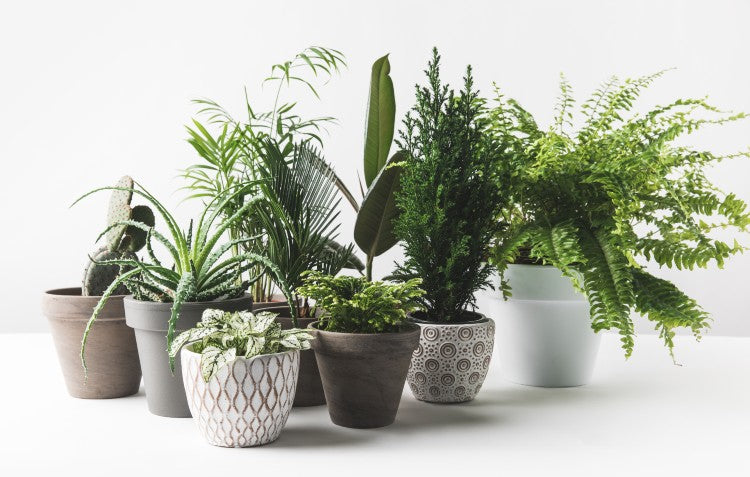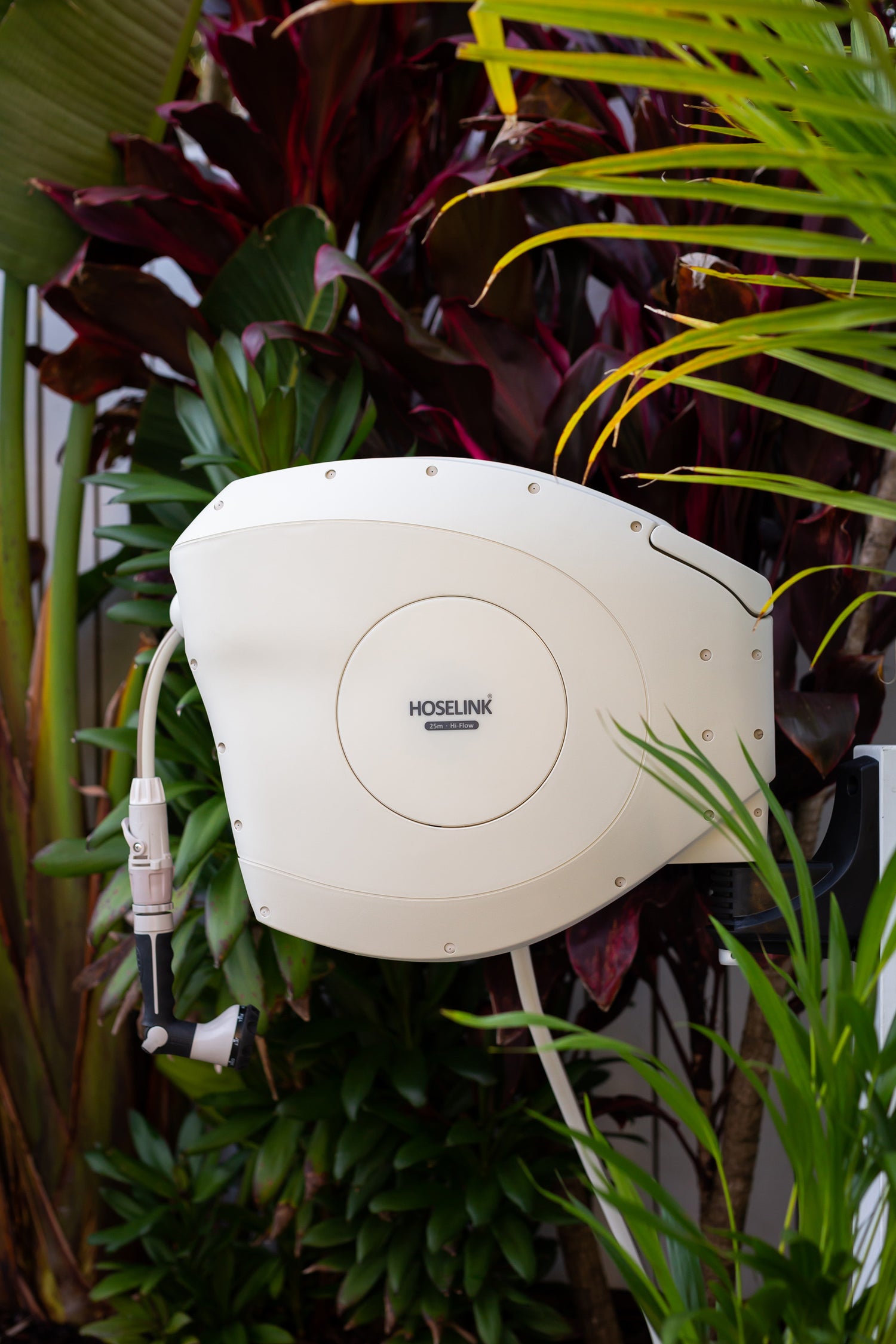
Research has shown that growing houseplants can purify the air, help to de-stress and increase oxygen in the home, so why not use winter as a good excuse to bring your gardening skills inside? Adding a splash of natural greenery to a room creates an instant lift and will be an eye-catching part of the decor that is sure to raise spirits on a damp winter’s day.
Lots of customers tell us they find it hard to keep indoor plants alive, so to help banish planting woes we’ve rounded up some houseplants you’ll struggle to kill, as well as other beautiful indoor additions.
There are a few crucial tips to help your new indoor garden thrive. Often a lifeless plant comes down to having too much or too little of something, particularly sunlight, heat and water, though dry air and over-fertilising can also cause problems. Remember:
Water sparingly – Plants usually like to dry out in between watering, so feel the soil before you reach for a jug.
Consider drainage – Just like outside, soil needs to be well drained for a plant to stay happy; try adding some pebbles to the bottom of the pot before planting.
Pay attention to the plant’s needs – A quick glance at the label of a newly purchased houseplant can save a lot of hard work, particularly when considering where to position your plant. Some plants will thrive in a sunny room whilst others don’t mind a bit of shade and low lighting.
Spring clean – Without rain the leaves of a houseplant can become dusty, blocking the tiny little vents within them and stunting their growth. Give leaves a wipe with a damp cloth or flick over with a dry paintbrush once every month or so to keep them clean and healthy.
 Snake plant
Snake plant
Officially called Sansevieria, also known as mother-in-law’s tongue due to its pointed upright leaves, this versatile species is a diehard houseplant that can take a fair bit of neglect. Minimal care and effort will see this plant living for many years, however, if you want to get it off to a good start, position in a relatively bright spot out of direct sunlight and water sparingly; check the soil has dried out completely before watering again. Usually a snake plant will only need water once every few weeks. Green and modern in appearance, snake plants make an attractive addition to any home and can be purchased in all shapes and sizes. They’re pretty pest-resistant too, though beware as they are toxic to cats and dogs.
Oxalis

This striking purple houseplant appears like a cluster of butterflies emerging from the vase. Usually grown in garden beds, where it can become invasive, this pretty plant is better suited to growing inside as it can be controlled. Oxalis also goes by the name of false shamrock or love plant, and often it is the Oxalis triangularis species that is grown inside. What’s interesting about this plant is, whilst it does require some care, it can be revived from the dead if things don’t pan out! Thanks to its small bulbs, when the plant is neglected everything above the soil appears to die off whilst the bulbs remain very much alive underneath. Rich purple leaves and trumpet-shaped pale pink blooms open and close in response to the light, compacting into neat triangles. Oxalis will thrive best placed out of direct sunlight, though still in a bright room, with light watering once per week, being careful not to over-water as this can rot the bulbs. Unfortunately, this plant is poisonous to pets.
Philodendron

An excellent houseplant that knows what it wants – and will offer plenty of hints – philodendron is a beautiful green plant with large lobed leaves. Equipped to cope with everything from low light levels to stuffy rooms, this clever houseplant adapts well to its indoor climate and will clean and filter the air for you at the same time. Positioned out of direct sunlight, in a bright spot, philodendrons should be allowed to dry out in between waterings – pay attention to the leaves, they will droop when too little or too much water is given and recover quickly when they’ve got what they need. Generous feeding in the growing season will also help to keep this plant happy. Originating in the rainforests of South America, the philodendron's big bold leaves will bring a touch of the tropics inside this winter.
Palms
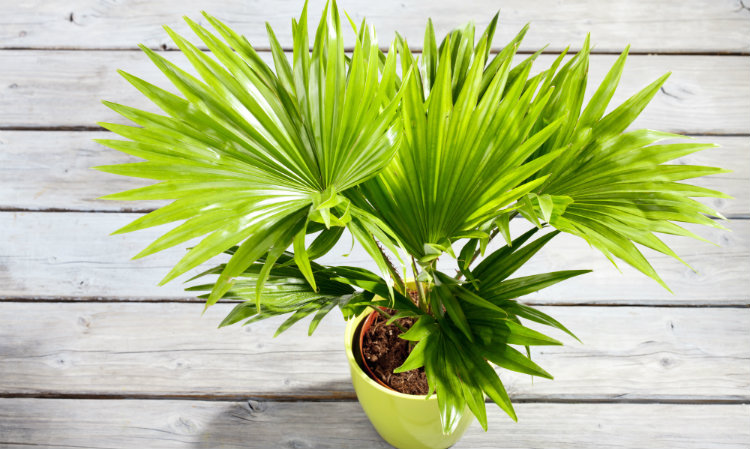
If you want to create more of an indoor jungle, then a tropical palm is the way to go. There are a wealth of palms suited to growing inside, from the bamboo palm and striking Chinese fan palm, to the golden cane and cascade palms. Many require the same growing conditions, which usually includes even weekly watering and positioning in a shady spot out of direct sunlight, with a high humidity level wherever possible to help fend off pests such as spider mites. You can do a bit of light pruning to keep a palm looking tidy by simply cutting off old or brown leaves on a regular basis, but generally, these beautiful plants will take good care of themselves.
Aloe vera
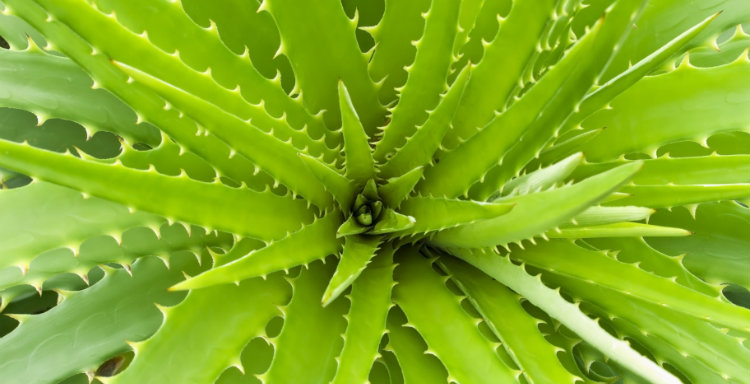
This succulent is one tough cookie, requiring minimal care and in turn providing big benefits. The fuss-free aloe has been used for healthy drinks, skin care and medicine for centuries thanks to the powerful burn-healing gel inside its leaves, and it makes a wonderful natural filter for the home too, eliminating toxins from the likes of chemical cleaners and paints. Your aloe plant will appreciate lots of sunlight and water every 1-3 weeks, but that’s really the extent of its care as the hardy aloe can put up with heat, humidity, varying temperatures and little to no feeding.
 Spider plant
Spider plant
Many of us would have grown up with these sprawling pot plants covering an office desk or school classroom, and for good reason, they are fantastically simple to grow and full of benefits – they even made the NASA list for best air-purifying plants due to their action against pollutants. One of the most adaptable plants you can grow, spider plants can live in a wide range of conditions with very little fuss, just provide them with well-drained soil and bright, indirect sunlight and they will live quite happily. Named after the cluster of spider-like leaves that dangle down from the main plant, called spiderettes, the unusual foliage will add interest and a splash of green colour to the home.
African violet
If you’re looking for a non-toxic houseplant suitable for homes with pets, that provides ever-blooming colour, then the gorgeous African violet is the choice for you. Easy to grow in a warm spot with plenty of sunlight and careful watering (to the base of the plant only, the leaves hate to be splashed), this dainty plant will produce copious amounts of flowers for year-round colour. Thanks to their compact size, they suit small homes and apartments particularly well.
Peace lily

Beautiful to look at yet laid back and low maintenance, it’s no wonder that the peace lily is a popular indoor plant. Exhibiting dark green waxy leaves with creamy white blooms (actually a leaf bract that grows over the flowers inside), peace lilies can adapt to light or shady conditions, though if you want lots of lovely colour then a sunny position is best. Capable of cleaning the air in your home, peace lilies remove harmful contaminants from the environment around them, including the likes of carbon monoxide. These drought-tolerant plants prefer underwatering to overwatering, so don’t be tempted to water on a schedule, instead feel the soil to see if it is dry first. A wipe of its leaves from time to time and fertilising once a year is about all these graceful plants need, though be aware they are poisonous to pets.
Air plants
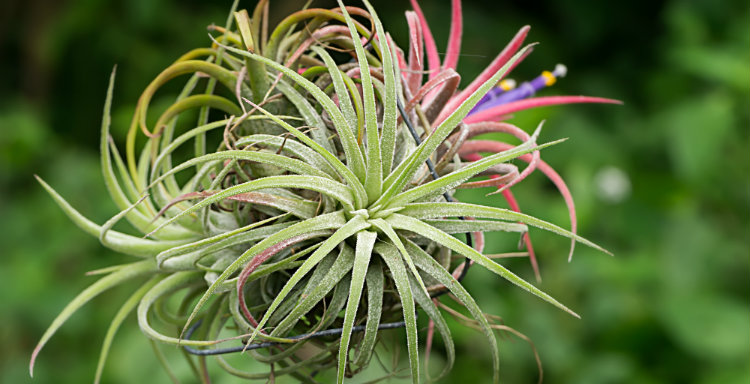
As the name suggests, these sculptural plants can survive on fresh air alone, well almost! Quite unlike most plants, air plants, or tillandsia, grow without the need for soil, obtaining most of their nutrition from the air around them. Their striking green and sometimes red foliage can be placed almost anywhere, from a vase to a shelf, and only need dunking in water once a fortnight or so. There are over 600 types of air plant that are almost indestructible, perfect for those who have little time for indoor gardening. This is definitely one of the most low-maintenance plants in existence!
 Calamondin orange
Calamondin orange
This cross between a mandarin and kumquat tree is ornamental as well as productive, bearing beautiful sour fruits perfect for turning into a marmalade or garnishing a drink. The tree is a cold-hardy citrus and can be grown in shade, though will perform better in full sunlight. A deep watering every couple of weeks will keep the dwarf shrub happy, though always check the first inch of soil is dry before bringing out the watering can, as they do not react well to over-watering. White fragrant flowers and tiny oranges usually appear at the same time, and the fruit can be harvested with small clippers, such as Hoselink’s Handy Snippers, to avoid damaging the stem. They can also be left on the tree for many months.

